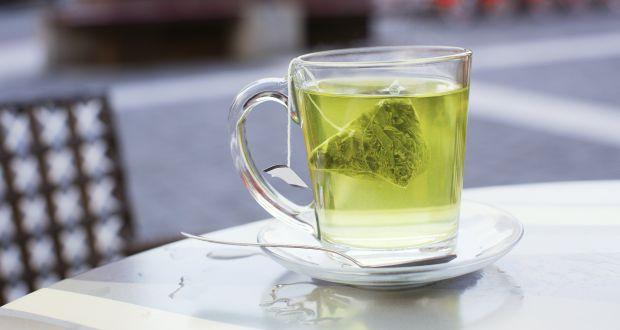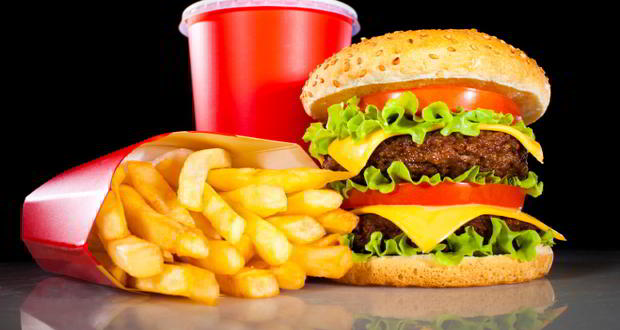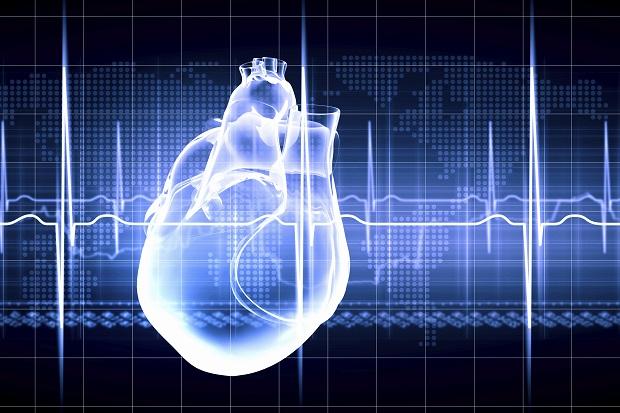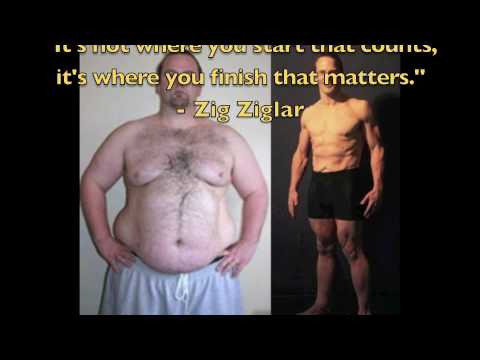How to Get Rid of Hemorrhoids Fast
Hemorrhoids, sometimes called anal piles, are literally a pain in the butt. They're very common — affecting about 75% of us — but usually aren't serious and tend to go away on their own. However, hemorrhoids can be very painful until they resolve. Here are some tips for quickly getting rid of them in a safe, easy way.
Steps
Part 1 Identifying Hemorrhoids
-
1
Understand what a hemorrhoid is. A hemorrhoid is a swollen and inflamed blood vessel in the anal or rectal area.[1] It is caused by increased pressure in the pelvic and anal area. Chronic constipation and chronic diarrhea are common causes of hemorrhoids. Women in late stages of pregnancy are also susceptible, as are people who are overweight. Anal intercourse can sometimes cause hemorrhoids, and the sores can be internal or external.
- Internal hemorrhoid: Internal hemorrhoids occur inside the rectum. If they are large enough, or close enough to the anus, they may bulge out during a bowel movement.
- External hemorrhoid: External hemorrhoids occur in the area around the rectal opening. If they get severely irritated and clot under the skin, they can become a hard lump. This is called a thrombosed hemorrhoid.
-
2
Know the signs. If you suspect you have a hemorrhoid, it's important to know the symptoms of this condition. Here are the signs of internal and external hemorrhoids.[2]
- Internal hemorrhoids: The most obvious symptom of internal hemorrhoids is bright red rectal bleeding with your bowel movements. You will see bright red blood when cleaning yourself. In most cases, they do not cause pain.
- External hemorrhoids: External hemorrhoids can cause itching and burning in the anal area. They often cause pain, and sometimes bleed, especially when wiping after a bowel movement. Sometimes, external hemorrhoids make sitting very uncomfortable.
- 3 Understand other possible conditions. While hemorrhoids are usually not serious, rectal bleeding can be caused by other serious health conditions, including anal, rectal or colon cancer; diverticulitis; or a bacterial infection. If you experience any kind of new rectal bleeding, it's important to call your doctor so you can be properly diagnosed and treated.
Part 2 Getting Rid of Hemorrhoids
- 1 Learn about home treatments. In most cases, hemorrhoids can be treated at home, using methods that soothe or reduce pain, inflammation, swelling, itching and pressure.[3] This section describes some of the steps you can take at home to feel better.
-
2
Keep the area clean. Although it can be painful to wipe the anal area when there's a hemorrhoid present, one of the most important steps you can take to begin healing is keeping it as clean as possible. Gently wash it with a soft washcloth, warm water and mild soap. Rinse well, and pat dry using a clean washcloth or very soft toilet tissue.
- You might also want to try using moist towelettes, which are much more gentle than dry toilet tissue. Many brands include aloe or other soothing ingredients.
-
3
Use a topical treatment. Several topical treatments can relieve hemorrhoid swelling and pain. Some can be purchased at the drugstore, and some are probably in your kitchen. Here's what to try:
- Creams and ointments: Preparation H, hydrocortisone creams, diaper rash cream, or products containing topical analgesics such as lidocaine or benzocaine.
- Witch hazel: Tucks Medicated Pads contain witch hazel, which is an astringent. You can also purchase witch hazel water and apply it to the anal area using a cotton ball or soft pad.
- Aloe vera: Aloe vera is lubricating and soothing. You can purchase aloe vera gel at the drugstore. If you have an aloe plant, break off a small piece, squeeze out the gel inside, and apply it to the area.
- Vinegar: White vinegar or apple cider vinegar can help relieve itching, burning and inflammation. Soak a cotton ball with vinegar and apply.
- 4 Stay hydrated. Drinking water will soften your stools, making them easier to pass and reducing the urge to strain, which can potentially worsen your hemorrhoids. When you suspect a hemorrhoid, increase your water intake to eight to 10 glasses of water a day.
-
5
Eat more fiber. Fiber is another excellent stool softener. You can add it to your diet by eating high-fiber foods, by using a fiber supplement, or both.
- Eat more legumes, whole grains, seeds, vegetables and fruits.
- Or, you can try over-the-counter psyllium fiber supplements like Citrucel or Metamucil.
-
6
Soak in a sitz bath. A sitz bath is a warm water bath for the perineal area. Warm water is soothing for hemorrhoids, provides relief and promotes healing. You can purchase a small tub (often called a sitz bath) that sits on top of the toilet seat, or simply use your bathtub. Here's how to find relief using a sitz bath:
- Fill the tub with a few inches warm water. If you are using a toilet sitz bath, fill it to the point indicated in the instructions. Make sure the water is warm, not hot.
- Add soothing and healing ingredients, if desired. Warm water alone will be soothing, but you may also find additional relief by adding known hemorrhoid healers such as table salt, epsom salts, chamomile, yarrow, and calendula.
- Soak for about 20 minutes. Take a 20 minute sitz bath after every bowel movement. If you can, also include another two to three soaks a day until the hemorrhoids have healed.
- Gently dry the perineal area with a soft towel.
- 7 Apply an ice pack or cold compress. Cold will reduce swelling, inflammation and pain. Put the ice pack or compress on the anal area for 15 minutes. Repeat two to three times a day.
Part 3 Preventing Hemorrhoids
- 1 Prevent hemorrhoids from returning. Once the hemorrhoids are healed, you can take measures to stop them from returning. Some treatment suggestions also apply to prevention, like maintaining a high-fiber diet and drinking lots of water. Here are some other ideas.
- 2 If you have to go, go! Sometimes it just isn't the best time to make a bowel movement. However, waiting until later can cause problems. When you wait, your stools dry out and back up in your rectum, which can cause additional pressure. Then, when you do use the toilet, you may find yourself straining. So, when you feel the urge to move your bowels, don't wait. Find a bathroom and go!
- 3 Don't spend too much time on the toilet. Spending long periods of time sitting on the toilet puts pressure on the anal area. Don't spend more than 10 minutes on the toilet at a stretch. If you are constipated, clean up, take a break, drink some water, take a walk, and try going again later.
- 4 Lose weight. If being overweight is the cause of your hemorrhoids, losing weight may help. Talk to your doctor for recommendations about how much weight you might need to lose, and healthy ways to do it.
- 5 Get more exercise. Exercise stimulates bowel function, which makes it easier to pass your stools. Try 20 minutes a day of moderate aerobic exercise; walking is a great place to start. If you have a sedentary job, make a point to get up and walk around some every hour. Getting more exercise can also help you with weight loss.
-
6
Make dietary changes to help soften your stools. Softer stools mean less straining, less pressure on the anal area and less time spent sitting on the toilet. Dietary changes mean both adding and omitting or reducing your intake of certain foods. You may need to experiment with your diet before finding the balance that works for you. Here are some examples:
- Foods to add: lots of water, prunes or prune juice, ground flaxseed, foods with omega fatty acids, leafy greens, raw vegetables and fruits
- Foods to omit or reduce: fried foods, refined carbohydrates, dairy products, sodium
-
7
Make dietary changes to support the health of your veins. Many foods and herbs contain compounds that support venous health by strengthening blood vessel walls. Some of these foods and herbs also reduce inflammation, an added bonus. Examples include:
- Flavonoids (found in citrus fruits, blackberries, cherries and many other fruits and vegetables)
- Butcher's broom
- Horse chestnut
- Gingko biloba
- Calendula.
Part 4 When To Seek Medical Help
-
1
Know when to call the doctor. Home treatments will heal most hemorrhoids. However, there may be times when helping yourself is not sufficient, and you need medical attention. Pay close attention to symptoms to determine whether you should seek medical help. Look for the following:
- Duration of symptoms: Bleeding and pain typically resolve after two to three days. Call your doctor if these symptoms last longer than one week.
- Timing of symptoms: Bleeding from hemorrhoids usually only occurs with bowel movements. If you are experiencing rectal bleeding at any other time, call your doctor.
- Changes in symptoms: Changes in your symptoms can mean your condition is worsening. It can also mean that something else is wrong. If the color of your hemorrhoidal bleeding changes from bright to dark red, call your doctor as soon as possible.
- Severity of symptoms: If you've been applying home treatments, your hemorrhoids should improve. If your symptoms worsen, or become severe, call your doctor.
Related Articles
-
Belly Laughs and Calories
-
7 Simple Ways To Keep Winter Weight Gain At Bay
For most, winter means holidays, parties, cold weather, layers of clot
-
This Cooking Method Could Cut The Calories In Rice By Half
Carb lovers, have you heard the awesome news? Scientists in Sri Lanka
-
How Can I Get Rid of Belly Fat?
We have the answer to that question according to many differen
-
Flat Belly Smoothie Recipes
Drink yourself to a flat belly with this delicious smoothie Sm
-
You Need a Good Sleep to Lose Weight
In the world more than 60% of people suffer from the overweight proble
- DON'T MISS
- Weight Loss Tip #51: Replace sugar with stevia or meethi patti to lose weight
- This Is What Happens To Your Body When You Skip Meals
- You May Want To Skip The Splendavar zeus = zeus
- Eat more chocolate, become more thin?
- How Can I Really Lose Weight?
- Keeping Track Of Calories Can Result In Effective Weight Loss
- How to Lose Weight in 3 Months
- Weight loss tip #112 — Maintain a food diary
- Rev It Up: How to Reboot Your Metabolism
- Effective Ways For You To Lose Unwanted Weight.




